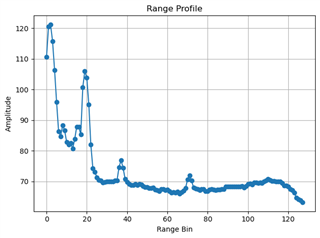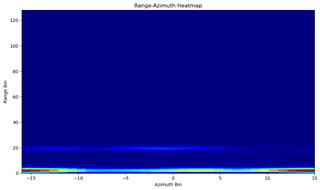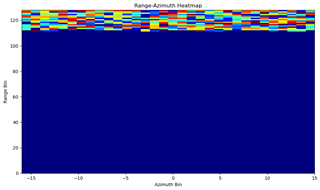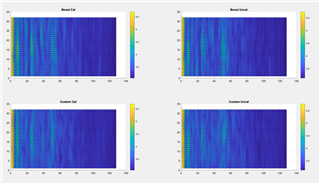Tool/software:
We've designed our own hardware based on the IWRL6432 and everything seems to work so far. We've now tried to do a calibration based on the integrated measureRangeBiasAndChanPhase CLI command on top of your motion and presence demo firmware of the MMWAVE SDK in the version 05.05.03.00 and an anechoic chamber with a corner reflector mounted at 0.9m.
Calibration procedure works well for the IWRL6432BOOST evaluation kit. I verified it by reading out the range-azimuth heatmap with default calibration values and with the applied output of the calibration measurement.
IWRL6432BOOST uncalibrated:
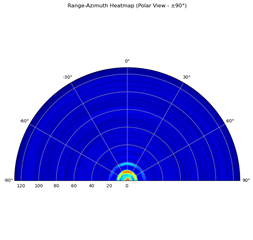
IWRL6432BOOST calibrated:
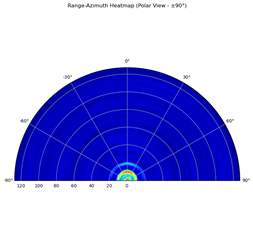
But when I do the same with our hardware I get a corrupted output after applying the calibrated values.
Uncalibrated custom hardware:
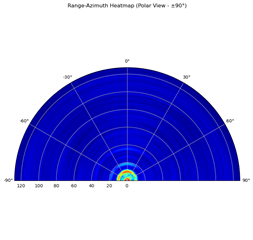
Calibrated custom hardware:
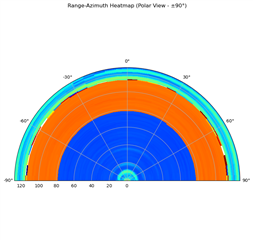
I've further also attached the .cfg files for the ISK and custom hardware which I use for the calibration and with the applied calibration values. Only difference between the BOOST and custom hardware is the starting frequency and the antenna geometry. The rest of the setup is identical.
At the moment I suppose that there could be a problem with the calibration routine which struggles with our antenna geometry. It has to be said that our geometry virtual array is mirrored in elevation compared to the BOOST and that not all RX channels are length matched. Transmission line to RX2 is app. 3mm shorter compared to the ones to RX1 and RX3.
Virtual array BOOST:
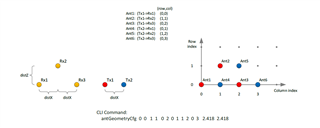
Virtual array custom hardware:
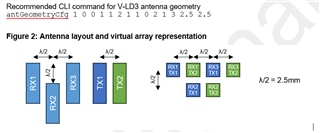
Do you have any idea what could be the reason for this problem?
Custom Hardware - Calibrated.cfgCustom Hardware - Calibration.cfgIWRL6432BOOST - Calibrated.cfgIWRL6432BOOST - Calibration.cfg


